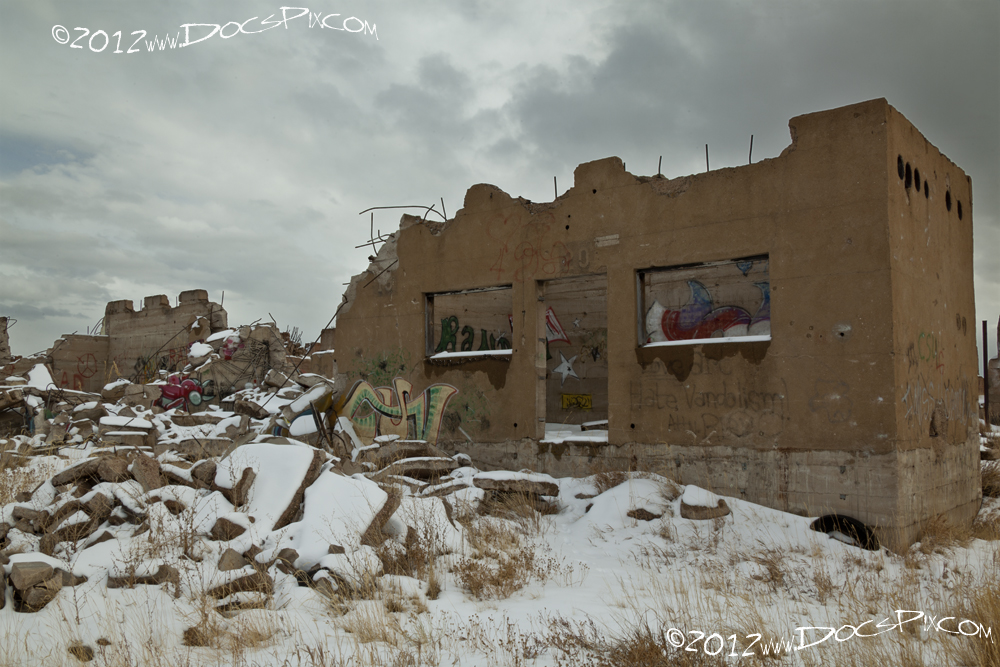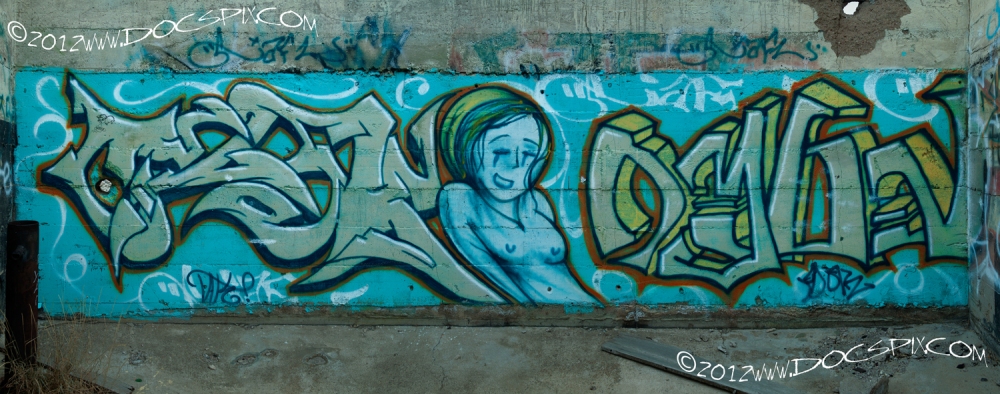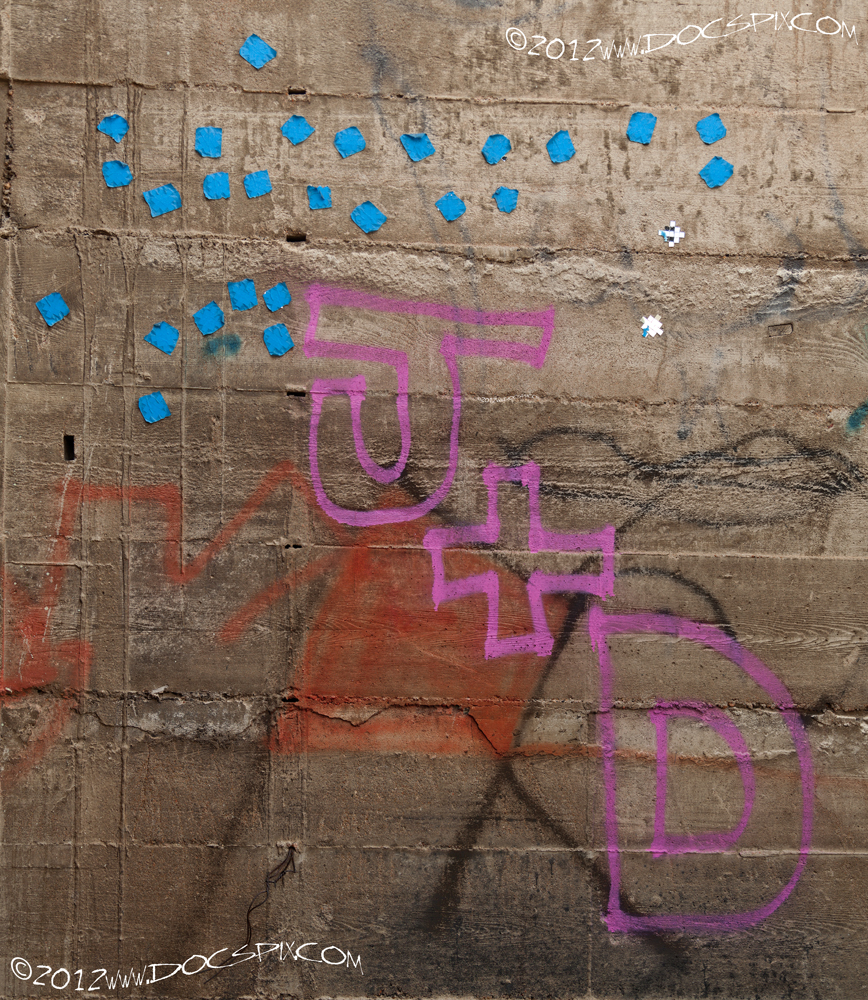The Midwest/Standard refinery had two production lines which housed large motors to pump oil from still tank to still tank. The images shown here are of the south production line, which was constructed starting in the spring of 1920 by the Standard Oil Company of Indiana. The naming system here is presented as a simple device to help guide the viewer, and goes from west to east; with the buildings at either end identified as the west and east buildings. Some of the walls that separated the buildings, as well as some of the exterior walls have collapsed over time. The historical images included here are not from the Laramie refinery, as the research has not revealed that any exist. The images of the machinery, related paraphernalia, and the quotes on the third image are from the Frank O. Prior Collection #6659, Box 3, Albums 1 – 3, American Heritage Center, University of Wyoming; and are of the refinery and electrical plant that was located in the Salt Creek Field in central Wyoming.

South Production Line, highlighted. (Courtesy LRCD)

A typical motor and flywheel that would have been housed in the production line buildings.

Another motor and fly wheel that would have been used inside of these production buildings. Note the concrete riser in the foreground. The western half of this production line have very few of these, if any. The last three buildings have these risers in them.

The belts were made of “rawhide or fibre”, and “belted motors {provided a} lower cost and less expensive” alternative to geared motors. Motors with belts were also quieter when operating.

A view of the motor, flywheel and counterweight, probably from a manufacturer publication.

The far western production building.

The wall between the number two and three production buildings from west to east.

Production building number five (west to east).

This mural is located inside of production building five,and is roughly 30′ end to end.

Back outside wall of production building one.

The north east wall inside of production building one.

The south west wall inside of the west production building.

The south east wall inside of production building one.

Inside of production building number five.

The south side of building five.

One of the collapsed walls behind the control building.

Another view of the collapsed wall.

A wide view of the east production line. Note the tunnel entrance.

The ninth production room from west to east. This room sits directly over the tunnel.

The back, (south) wall of production building number nine.

Production Building number ten.

The west wall of production room ten.

Southwest corner of room ten.

South interior wall of room ten.

South wall of room ten. The concrete riser in foreground probably had a motor and flywheel as described above. There are pipes embedded in the center of the riser, speculation is the embedded pipes were for cooling purposes.

A clump of grass grows in the middle of the concrete riser in the center of room ten.

The east-south east corner of room ten.

The south east corner of room ten – detail.

A paint can and a couple of caps remain from the work that was created here.

Northwest wall of room ten.

Northeast wall of room eleven.

West-south-west wall of room eleven.

South wall of room eleven.

West wall of room eleven.

On the exterior south wall of the production line – detail.

Exterior wall of east production line more detail.

Exterior wall of east production line – detail.

East production line, exterior wall detail.

View of east wall of the production line.

A view of the east end of the Standard Oil of Indiana production line.








































This collection of photographs is STUNNING. Thank you for documenting and sharing this place.